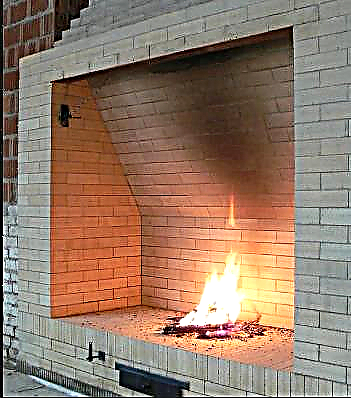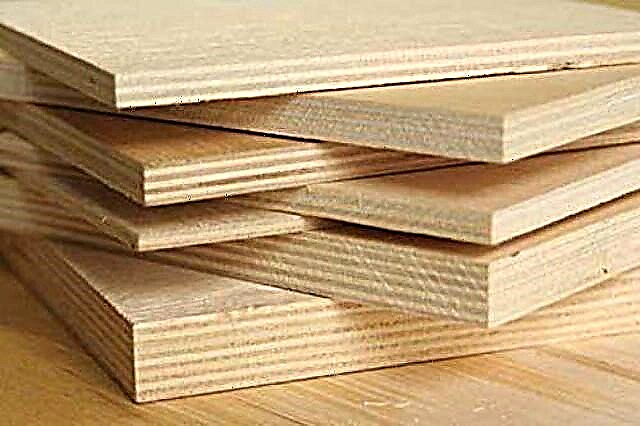Work on the creation of the interior has its own subtleties and pitfalls. Some tips from professional designers on how to create a stylish and original harmonious interior, and what you need to consider when decorating a home. Simple techniques for effective design.
Before starting work, it is important to think over the general concept of the room - the color scheme, style, shape and texture of the future interior. Thanks to a well-thought-out concept, it becomes clear in which direction to move (how to choose wallpaper and furniture) and which framework should not go.

Getting started, it is worthwhile to draw up a clear plan and sequence of actions. Otherwise, already at the final stage, when the wallpaper is glued and furniture is arranged, it may suddenly become clear that somewhere else you need to grind the wall to bring the cable there.
Design the interior to suit your needs. Want to make your living room a cozy place to meet with your loved ones and friends? Then determine the number of seats and their location. If your goal is to work more efficiently at home and do more, think about how to equip your home office so that it better meets this task.
Zoning helps create coziness and a sense of greater mobility of space. Use fabrics, shelving and glass to separate the sleeping and dining areas.

In the color scheme of the room, it is preferable to use no more than 4-5 colors, 3-4 of which will be neutral: gray-beige, gray, white, gray-brown, gray-blue. The interior in calm tones is definitely not inferior to the bright in expressiveness. The more some color in the interior, the less saturated it should be. Bright, active colors excite the human psyche - this technique is used in public places where a person stays for a short part of time. For example, in restaurants, clubs. For living space, the ideal solution is to use saturated colors only as a small accent.
Try to choose pastel shades or deep complex colors for the interior. The lighter the color, the more noticeable should be the texture and texture.
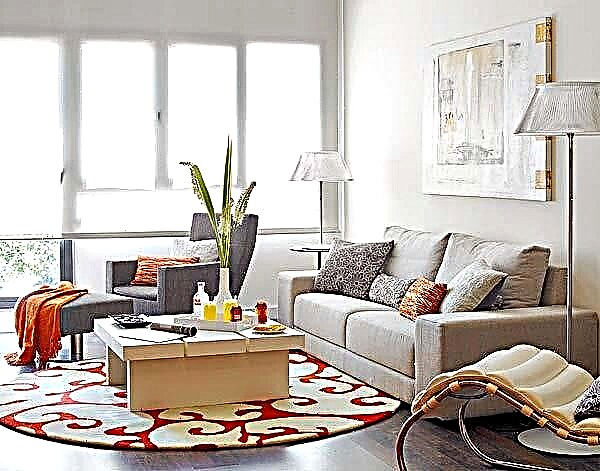
Color and sense of proportion
Limit the number of colors in a separate room, as it is very important to create a holistic picture. Use accessories in one or two colors so that each is clearly visible and not lost among the rest. At the same time, there will be enough bright accents that will enliven the interior well and will combine even in diverse styles.
After choosing an accent color, use it carefully in your design.
The color of the ceiling should be at least one or two tones lighter than the walls. This will create the illusion of a higher ceiling.
Let the ceiling be lighter not only the walls, but also the furniture: this will visually expand the room and make it brighter.
Painted in delicate shades of warm colors, the room will look larger.

When choosing decor and furniture, it is very important not to forget about the "empty spaces". Walls painted in a neutral color will emphasize the beauty of bright accessories and allow the eye to relax. Make a neutral background, and focus all your attention on furniture and decor.
Combine an active geometric ornament or animal print with a neutral texture. A worthy company for a floral ornament is the lack of texture or a geometric “picture”.
An important task in the decor is the creation of a compositional center or focal point in the room. What we see in the first place and with what we begin to consider the composition of the interior can be large, bright, eye-catching objects.
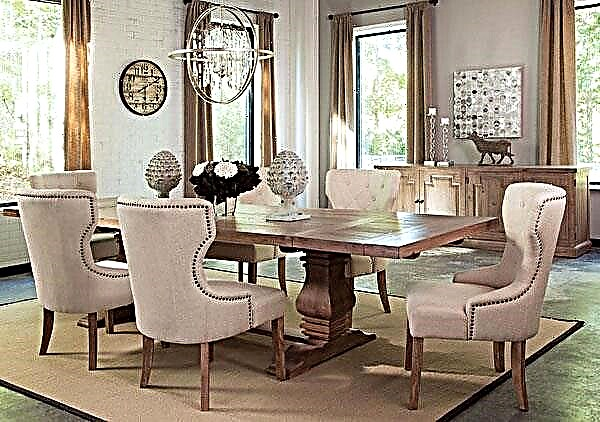
Island furniture arrangement
Having arranged the furniture against the wall, we get a lot of free space in the center of the room. But this solution is best used in the design of small rooms. For larger rooms, the best solution would be island furniture. Thanks to this decision, the versatility of the interior appears.
Use decor items to a minimum. This visually expands the space, allowing it to “breathe”. It is important to leave only what is really useful, what is worth showing - a beautiful lamp, several photographs or figurines and a bright plaid.

Do not give up pillows and floor carpets for practical reasons. The design of the room suffers from this both in terms of zoning and in terms of comfort. In an ideal interior there are carpets, and curtains, and pillows.
Drawings of textiles make the interior more interesting, details appear that the eye clings to. Therefore, in an ideal interior, there are always several original textures. In order not to overload the interior with unnecessary details, use no more than 3-4 combined drawings.
Provide several lighting scenarios. Saving on floor lamps, sconces and table lamps can ruin any environment. In addition, neglect of lighting deprives the interior of comfort - the ability to read and work in any place convenient for you.
If desired, a single chandelier in the center of the room can generally be abandoned. Even in classic interiors, it is sometimes replaced with laconic inconspicuous spots and additional lighting that attracts attention.

Visual anchors - objects and solutions that primarily catch the eye, make the design of the room original and memorable. In an ideal interior there are 3-5 anchors. When decorating a room, think about what to place opposite the door - what you will see later in the doorway, passing along the corridor.
Matte and glossy surfaces
A balance of matte and glossy surfaces is needed. Completely "matte" design creates a feeling of stale repair. If you make too many glossy surfaces, the interior will turn into a boutique.
A harmonious interior should have about 10% glossy surfaces. It can be chrome legs at the table, a glass table lamp, glasses in photo frames, polished candlesticks, etc. Thanks to the play of light in reflective materials, the design of the room will gain a festive mood.
When choosing wallpaper, avoid unnecessary shine - the matte finish looks much more advantageous and more expensive.
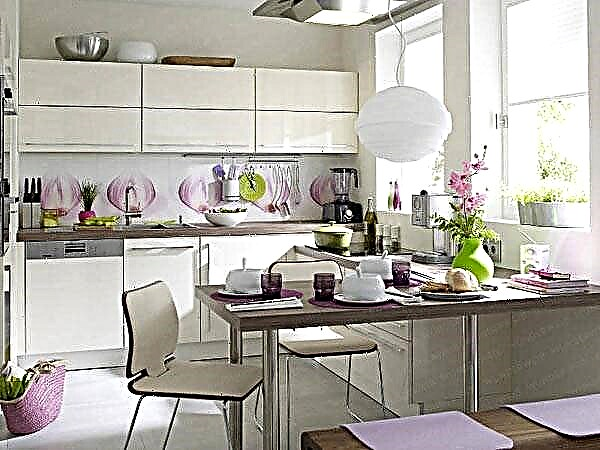
Pictures and posters should be hung at eye level. When the accessories on the walls hang below or above what is intended, a feeling of imbalance in the interior is created. If you place a collection of small paintings or photographs on the wall, the same rule is for the center of the composition. It is important to determine which object will become the main one, how they will look when you enter the room, sit on the sofa, at the table.
If the lines are clear
The outlines of objects in the general environment should be clear and clearly read in order to create an interesting rather than formless background. This is the secret of harmonious neighborhood of seemingly incompatible things.

The shelf that I liked in the store sometimes does not look at all in the home interior as we would like. Do not be afraid to make adjustments right on the spot. In a difficult situation you have to be ready to improvise.
Even if you are a fan of huge soft sofas and armchairs, you will have to give up this passion - provided that you live in a small city apartment with a modest-sized living room. On the other hand, being the happy owner of a huge bedroom, you should not hang a small picture there - it will be lost.
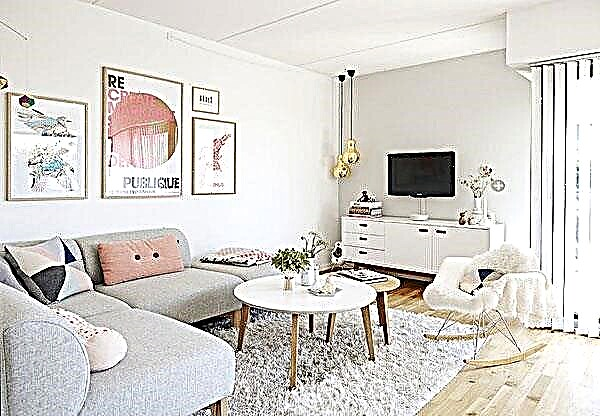
Three accessories on a shelf look much better than two; three shades in the color scheme of a room will be more interesting than two. Symmetry is good, but interior designers think in terms of odd numbers: a group of five paintings looks more spectacular than four.
An odd number of ornaments work well in the interior. They should be emotionally different: differ graphically or in scale.
In an ideal interior, the shape of the room should be close to the square. The best balance of space and comfort is achieved in rooms of about 20 m2 with ceilings of about 3 m. A plus would be the presence of at least two windows. Too many windows and doors is a minus.
Make the most of the windows in each room of the apartment. Natural lighting is always better than electric, so do not interfere with the light pouring freely from the windows. The rooms should be open and bright.
By leaving room for maneuver, one can avoid the moment when acquired impulsive purchases have nowhere to put. Having foreseen this moment, you can safely choose new little things.

The key to the beauty of any, even the simplest, interior is order. Keep your apartment clean and regularly free from unnecessary things. Keeping trifles and trinkets in vases or boxes will help to cope with the mess. At the same time, with the help of such decorative containers you can decorate the interior. This option is especially suitable for the hallway or bathroom.
The furniture should be located in such a way that you can freely pass through the entire room without tripping over anything.
Changing furniture can be not only difficult, but also incredibly exciting. The correct position of existing items can significantly increase the level of comfort and add an apartment to comfort.
Features
Choosing floor and wall tiles for the kitchen, corridor, toilet and bath, the consumer, first of all, is looking for the best price-to-cover ratio for himself. Assessing the quality of such a material is somewhat problematic, because you need to know the intricacies of production, understand the raw materials and have some experience in choosing a coating. As for models related to elite collections, choosing them, the buyer can be sure of the quality and durability of the facing material.
Manufacturers of luxury coatings are ready to offer cladding material for every taste. Wherein the collections are selected so that the buyer does not have to rack their brains on how to combine floor and wall tiles. Designers create a ready-made kit. Some collections resonate with each other, allowing the client to combine colors, textures, but at the same time creating a harmonious interior of the room.

Tile designers propose to include decorative floor and wall panels in the laying. They can be made on any subject: landscape, still life or personify any plot, while being smooth or embossed. It is worth considering that decorative panels are much more expensive than the main part of the coating.
Floor tiles are distinguished by the fact that it is thicker, stronger, can be used taking into account greater passability (for example, in the corridor), while wall tiles are thinner and lighter. This feature is due to the methods of operation and installation of products.
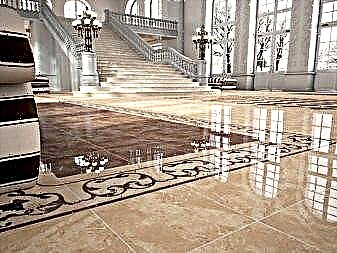

Advantages and disadvantages
When purchasing floor tiles from elite collections, it is worth weighing all the pros and cons of such an expensive coating.
Thus, the advantages include:
- Beautiful appearance. Modern technologies allow you to create products that have a uniform texture, color reproduction, have a matte or glossy (glazed) surface, as well as smooth edges. Such a tile is pleasant to the touch, but it looks worth it to buy it.
- Unique design. Manufacturers have a whole team of designers or collaborate with well-known gurus in the world of interior design to create truly unusual collections.
- Customized solutions. Some manufactures may accept individual customer orders. Such a batch will cost a lot of money, but the customer can be sure of receiving exactly what is needed, and only in one copy.

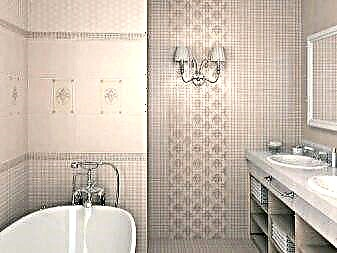
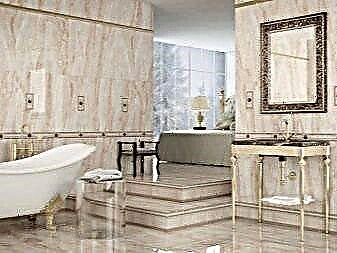

- Minimum reject rate. Companies that produce luxury coatings carefully monitor the quality of their products. Before you get to the storefront, each tile passes a test that eliminates the possibility of marriage.
- Excellent sound insulation and moisture resistance. The structure of the tile is made in such a way that excess moisture cannot deeply soak into its base, but at the same time the coating itself can "breathe". Tiled floors and walls are also excellent soundproofing materials.
- Resistance to cleaners and mechanical damage. The composition of the tile includes such raw materials that protects the product from the effects of household chemicals, and also eliminates the possibility of chips, scratches, cracking from impacts by any dropped object.
- Durability. High-quality ceramic tiles will last a very long time. However, she will not lose her decorative and quality properties.

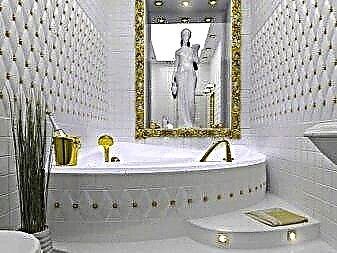
However, there are circumstances that may seem like flaws in an elite tile:
- High price. Luxury elite coating can not afford everyone. Very often in stores, the price tag does not indicate the cost of 1 running meter, but the price for 1 tile.
- Difficulty in laying tiles. Increasingly, luxury tiles are available in a seamless coating option. Such a floor and walls look like a monolith and it is often difficult to make out a joint. Laying these tiles requires filigree craftsmanship and highly skilled craftsmen. Do not try to cope with such a task yourself - this is a huge risk.


Manufacturers
The best manufacturers of tiles are considered factories in Italy. Italian collections of elite coatings are known all over the world - they are distinguished by their sophistication, luxury, and unusual design.
Marazzi perhaps the most famous Italian factory in Russia, producing floor, wall and street tiles for the improvement of not only the interior, but also the adjoining territory. In the arsenal of the manufacturer, there are about 100 unique collections of elite coatings. This is ceramic tile and porcelain tile, mosaic, all kinds of decorative elements in the form of panels, borders and other facing attributes.
Most collections have a seamless texture, imitate marble coating, wood, and are also made in various shapes (square, elongated rectangular, pentagonal tiles) and have an unusual texture and relief. Marazzi collections are great for creating interiors in the style of minimalism, hi-tech, classic style.
Spanish manufacturers are not inferior in quality, style and demand to Italian factories. Porselanosa - a bright representative of Spanish ceramic products, is known in more than 100 countries around the world.
The factory produces coatings made of stone-ceramic tiles and porcelain stoneware with great design and format options. Porselanosa tiles create elegant interiors in a classic style, eco-style, fashionable loft, grunge designs, interiors with creative oriental elements.
You can see a review of the elite Versace Gold tile in the following video.

